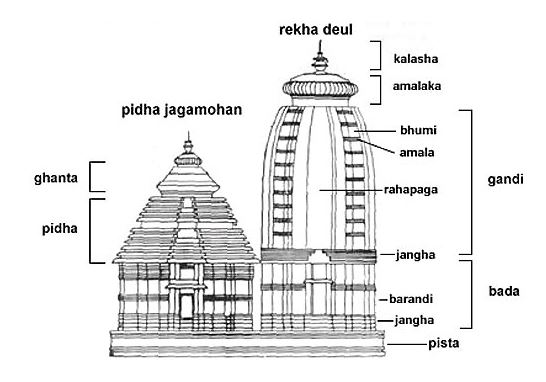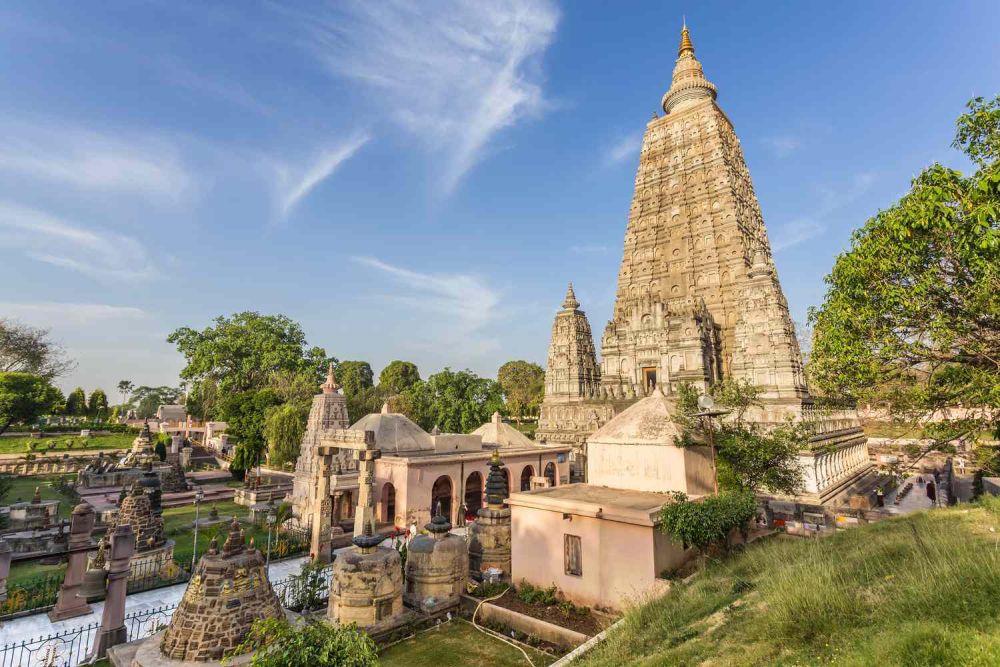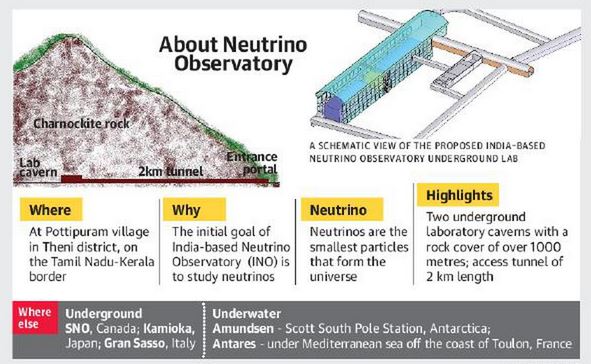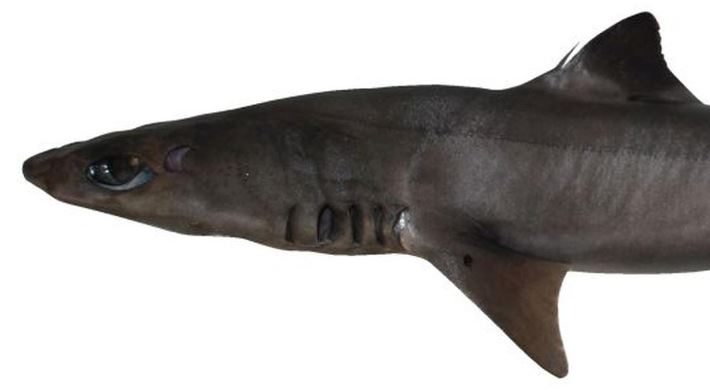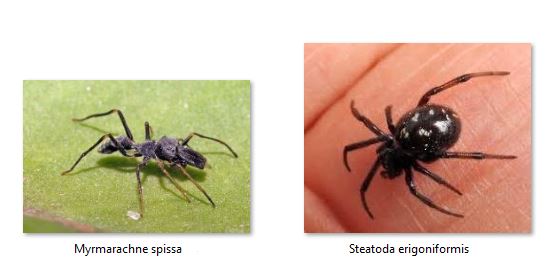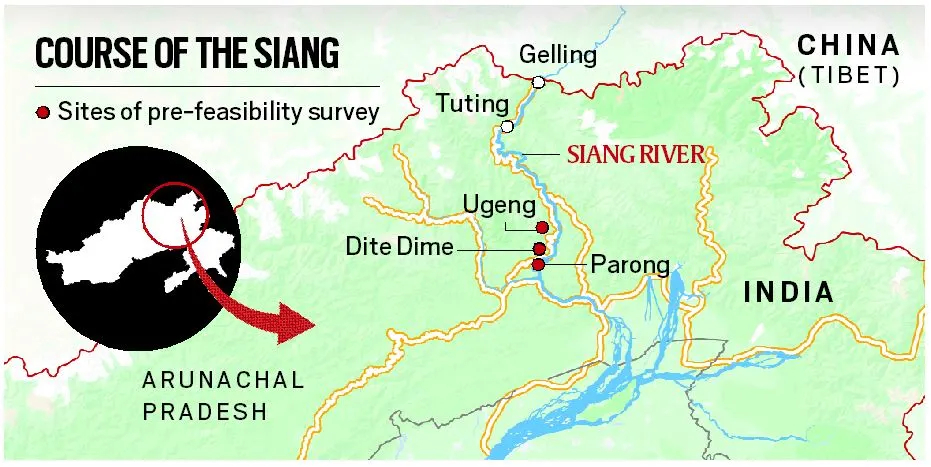Why in the News?
During a campaign rally in Butler, Pennsylvania, Donald Trump was the target of an apparent assassination attempt.
- The suspected gunman, identified as 20-year-old Thomas Matthew Crooks, fired up to eight shots from an AR-15-style rifle before being killed by a Secret Service sharpshooter.
What is the U.S. Secret Service?
|
About the Protective Mission:
- The Secret Service is tasked with protecting the President, Vice President, President-elect, Vice President-elect, and their immediate families.
- It also protects former Presidents and their spouses (unless remarried), as well as major presidential and vice presidential candidates within 120 days of a general election.
- The Secret Service provides physical security for the White House, the Vice President’s residence, and foreign diplomatic missions in Washington D.C.
- It secures major events designated as National Special Security Events, like the State of the Union address and presidential inaugurations.
What is the difference between SPG (Special Protection Group) and the US Secret Service?
| Dimensions | India’s SPG | US Secret Service |
| Mandate and Origins | The SPG was formed in 1988 to provide proximate security to the Prime Minister of India | The U.S. Secret Service was established in 1865 to combat currency counterfeiting. |
| Scope of Protection | The SPG is mandated to provide security only to the serving Prime Minister and their immediate family. | The U.S. Secret Service protects the President, Vice President, their families, presidential/vice-presidential candidates, and former Presidents and their spouses for life. |
| Tenure and Resignation | SPG personnel have a fixed 6-year tenure and are not allowed to resign during their deputation. | U.S. Secret Service agents can resign freely and may be assigned to protective details for 3-5 years before being transferred. |
| Coordination with Foreign Agencies | When the Indian PM visits the U.S., the SPG takes a backseat while the U.S. Secret Service takes over primary security responsibilities. | The U.S. Secret Service coordinates with foreign agencies to protect visiting heads of state, including the Indian PM. |
| Operational Differences | The SPG has an unblemished record, while the U.S. Secret Service has lost one President (John F. Kennedy) to assassination. | SPG personnel are drawn from various paramilitary forces, while the Secret Service has its own dedicated agents. |
Conclusion: While both the SPG and the U.S. Secret Service are elite protective agencies with distinct mandates, origins, and operational structures, they each play critical roles in safeguarding their respective leaders.
Mains PYQ:
Q Indian government has recently strengthed the anti-terrorism laws by amending the Unlawful Activities (Prevention) Act, (UAPA), 1967 and the NIA Act. Analyze the changes in the context of the prevailing security environment while discussing the scope and reasons for opposing the UAPA by human rights organisations. (UPSC IAS/2019)

